The new studio and recording gear to make you sound great in 2022
Gear Expo 2022: All the studio essentials that'll be making the magic happen through 2022
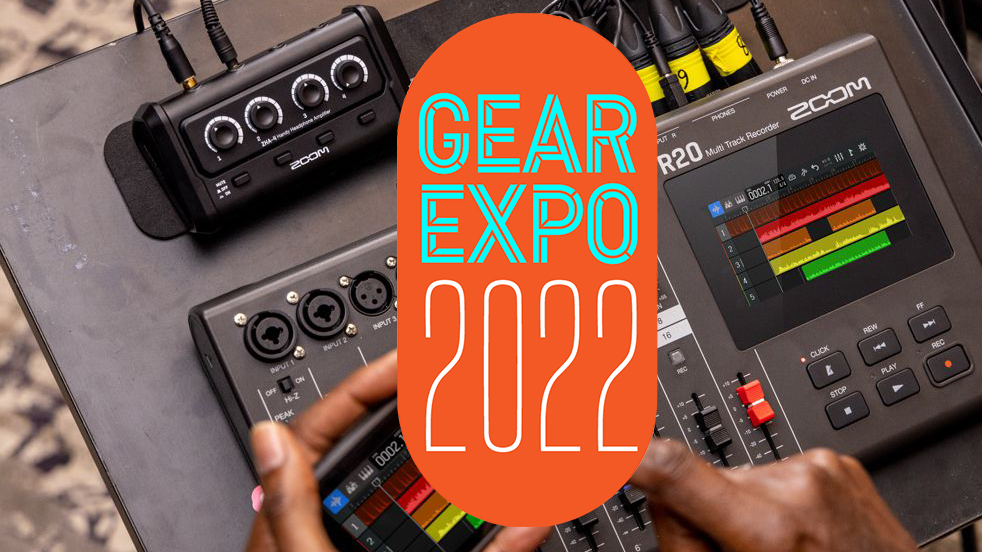
GEAR EXPO 2022: So the lead guitar likes to take most of the credit. And it's hard to miss a blinding drum solo. A wall of synths always impresses. And a blistering lead vocal will ALWAYS detonate something special in your brain…
But it's all for nought without the behind-the-scenes kit that captures the magic and lets it live on, live and dangerous forever.
So give a nod to the backroom boys and bid welcome to our pick of the studio and recording kit that'll be making you sound great through 2022 and beyond.
1. AIAIAI TMA-2 Studio Wireless+ headphones

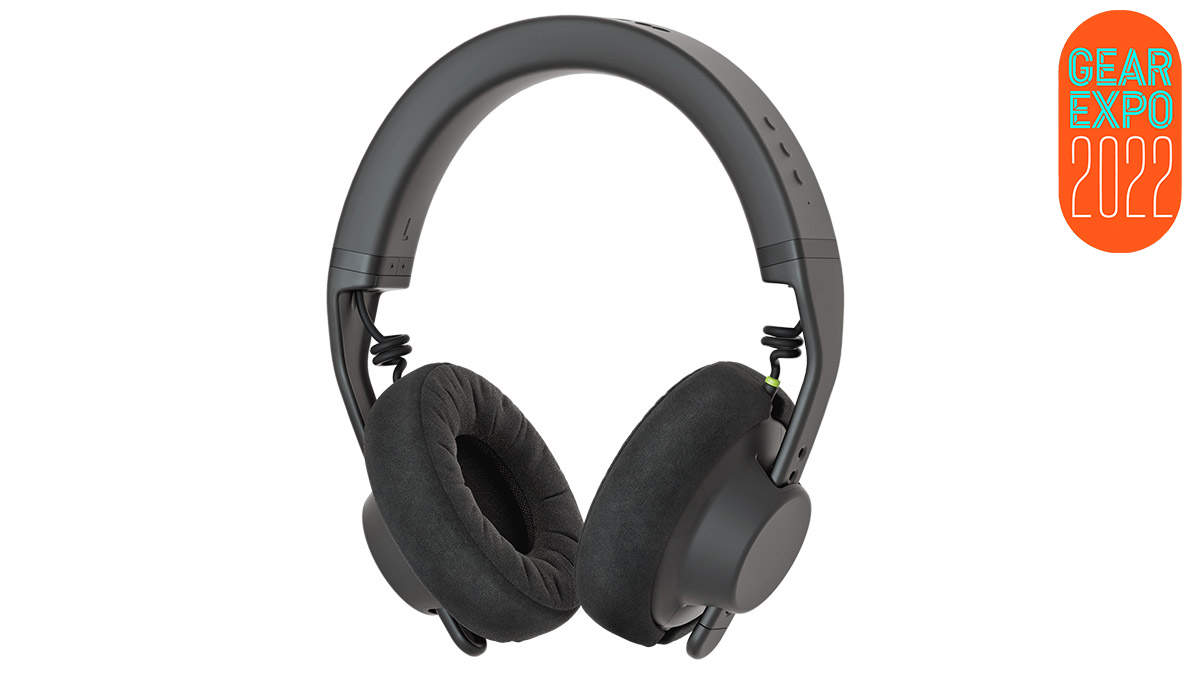
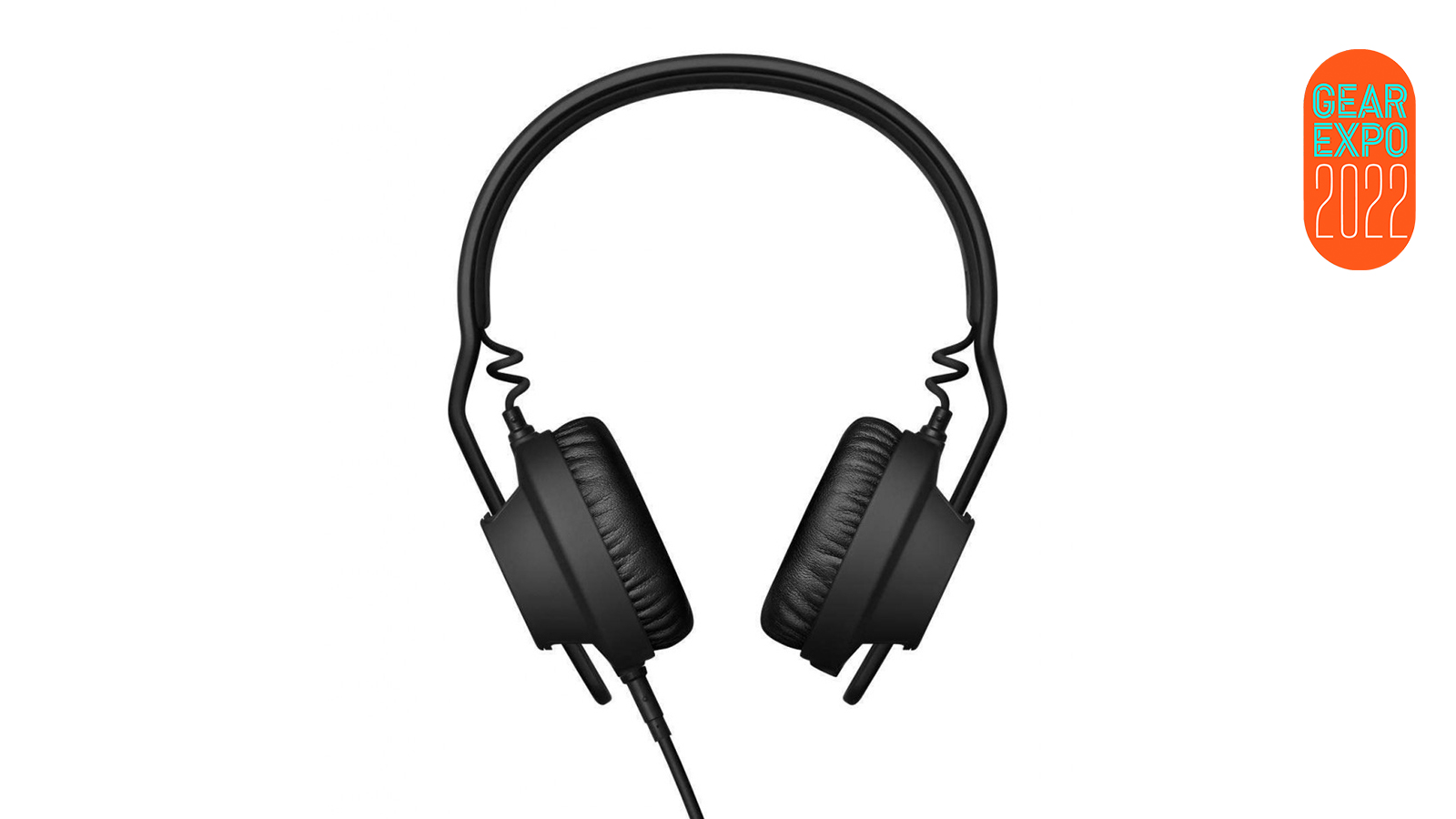
Making music while monitoring through wireless headphones has traditionally been viewed as a bit of a no-no, with the latency introduced by the usual Bluetooth connection being too high to make it feasible. Quality can suffer when you ditch the cable, too, and there’s also the issue of reliability.
However, working in collaboration with forward-thinking electronic music producer Richie Hawtin, AIAIAI now claims to have solved these problems with the TMA-2 Studio Wireless+ headphones (an evolution of the standard TMA-2 series cans)
Thanks to the new W+ Link technology, which has been specifically developed for music creation, the TMA-2 promises ultra-low latency lossless audio, robustness and stability, so you won’t need to worry about dropouts.
These studio headphones can also connect via Bluetooth 5.0 when required to - or via the included coiled hi-fi cable - and are said to deliver 80 hours of playback time.
Want all the hottest music and gear news, reviews, deals, features and more, direct to your inbox? Sign up here.
The key to the W+ Link technology is the dedicated dual-antenna receiver. We’re told that internal analysis ensures that the best signal is applied and used for the audio stream.
The headphones themselves use AIAIAI’s bio-cellulose diaphragm driver, which is said to reduce distortion and retain clarity even at high volumes.
Comfort is also a consideration, of course, and memory foam cushioning is designed to make sure the TMA-2s deliver it.
The TMA-2 Studio Wireless+ headphones are hitting stores now and cost $350/£300/€350.
Find out more on the AIAIAI website.
2. Tascam Portacapture X8
You might think that you have your mobile recording requirements covered off by your phone, but one look at the new Tascam Portacapture X8 might be enough to convince you otherwise.
First impressions are that it’s a bit of a beast, offering 192kHz multitrack recording and a multitude of features that make it suitable for capturing everything from music to podcasts, interviews and vlogs.
There are six setup modes, each of which immediately optimises the X8 for a specific recording situation. Settings are made on the 3.5-inch colour touchscreen, which promises to make operation a breeze.
A couple of 14.6mm diameter condenser microphones are built into the X8, supported by Tascam’s own HDDA preamps. The detachable mic mechanism is said to make it easy to set the available A-B and X-Y mic patterns.
As well as the mics, there are four XLR and 1/4-inch inputs that can capture mic and line-level signals, along with aux in, line out and camera in/out connections.

Thanks to the built-in DSP, you also get a Compressor, Limiter, Low-Cut Filter, Noise Gate, Reverb and Auto Gain Control, while wireless control can be enabled by downloading the dedicated app and using the optional Bluetooth dongle.
Multitrack recording capability extends to eight tracks (Specifically, six tracks plus two mix) and, as well as operating standalone, the X8 can also function as an 8-in/2-out USB Type C audio interface. You can record on SD cards up to 512GB in capacity.
The Portacapture X8 is available now priced at $499. Find out more on the Tascam website.
3. Zoom R20 multitrack recorder
It seems that Zoom is about to up its standalone multitrack recorder game by launching the R20, which includes a touchscreen that appears to give it DAW-like capabilities.
The R20 is a 16-track, 16 or 24-bit/44.1kHz device that enables you to record eight tracks at a time. Inputs 1 and 2 have XLR/1/4-inch combo jacks, and the remaining inputs are on XLRs, with phantom power available on inputs 5 to 8.
Controls for each channel are restricted to a level fader, a gain knob and a record arm button, with all other features (aside from the transport buttons) accessible via the touchscreen.
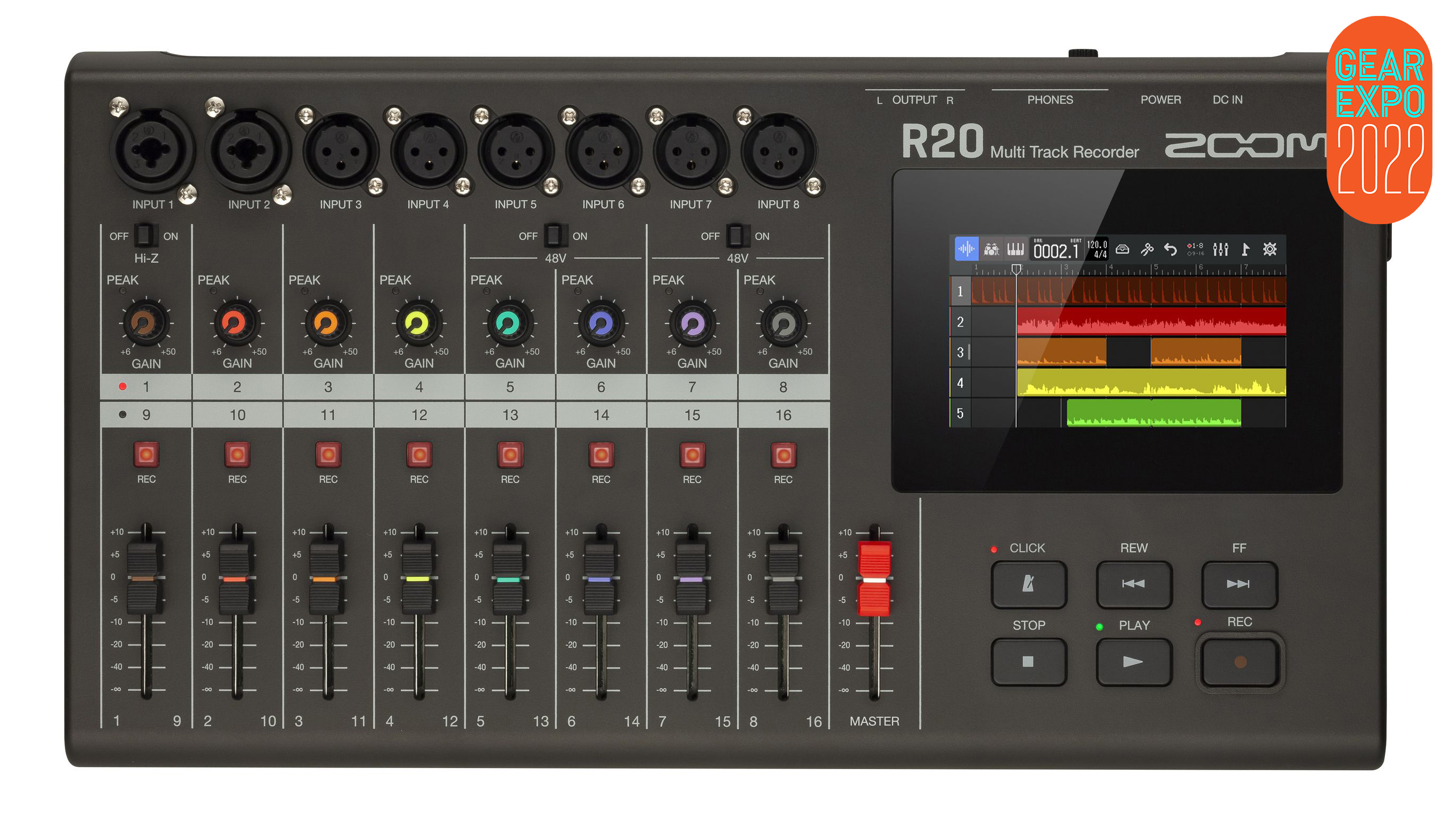
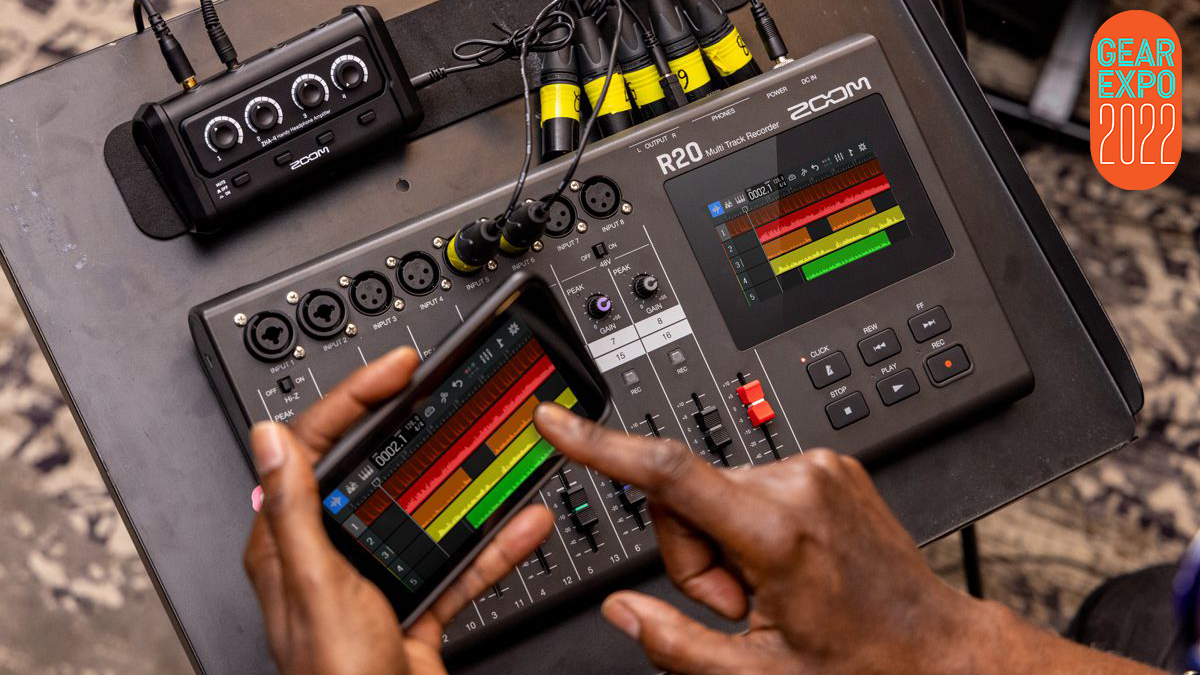
Said display enables you to work on a familiar-looking DAW-style timeline, with similar editing features for your audio. You can also import samples via USB or SD card.
Effects are included, too, with each track being able to access EQ and compression. Plug in the Bluetooth adapter and you’ll be able to control the R20 remotely from your phone via a dedicated app.
Expect to pay around $400/£400 for the R20. Find out more on the Zoom website.
4. Shure Aonic 40 wireless noise cancelling headphones
If you’re looking for a single pair of headphones that will take care of your music-making and on-the-go listening needs, Shure has a new option for you in the shape of the Aonic 40.
Endorsed by musical polymath Jacob Collier, these classy-looking cans promise “studio-quality” audio performance alongside contemporary conveniences such as adjustable noise cancellation (you can choose from three settings), Environment Mode, up to 25 hours of battery life and dual microphones.


The Aonic 40s have a compact, foldable design and are made from “premium materials” that include glass-filled nylon and aluminium alloy. Custom EQ settings can be made in the ShurePlus Play app for Android and iOS, and these can be saved.
The Aonic 40s are available in white/tan or black and come with a protective zippered carrying case, 3.5mm audio cable and a USB-C cable. They’re backed up by a two-year warranty and cost £215/£249.
Find out more on the Shure website.
5. Antelope Audio Zen Q Synergy Core USB audio interface
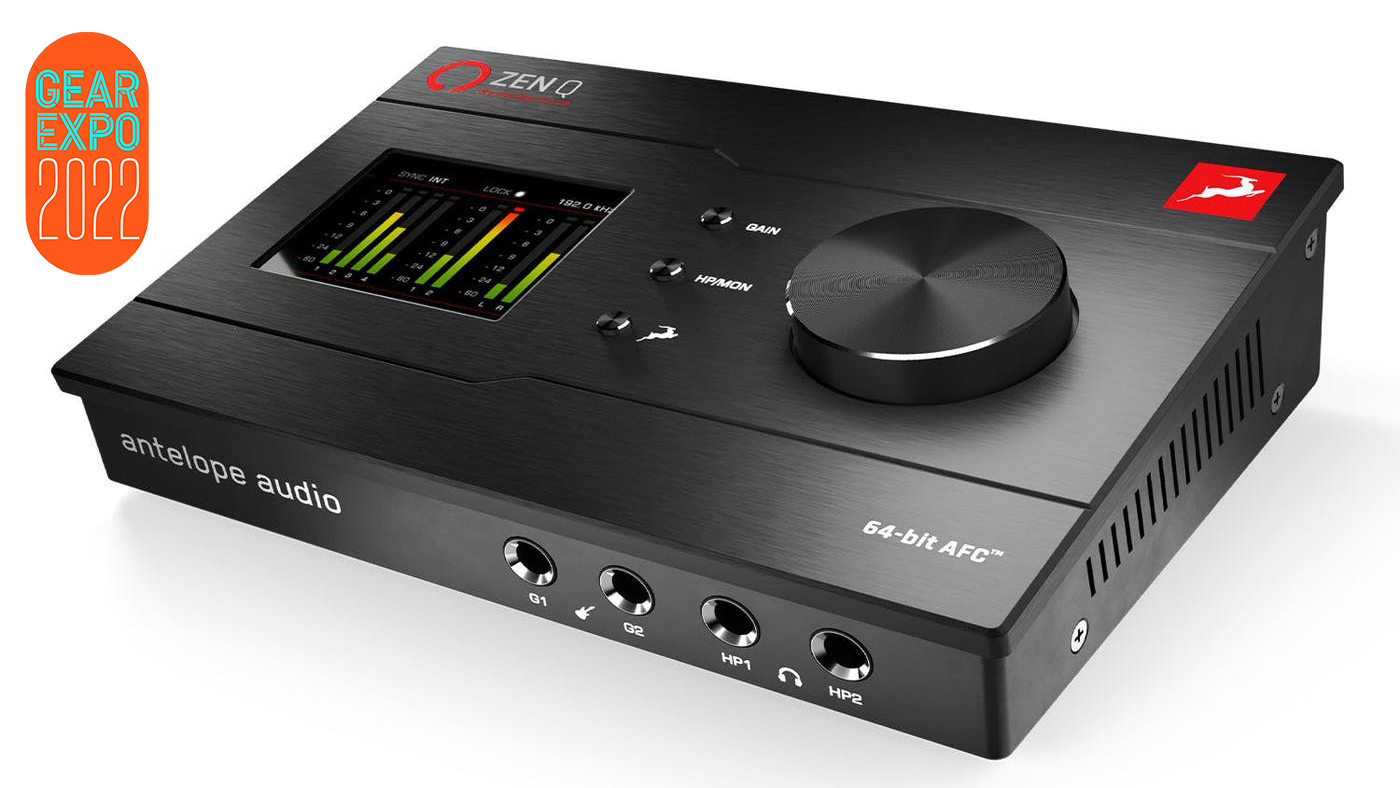
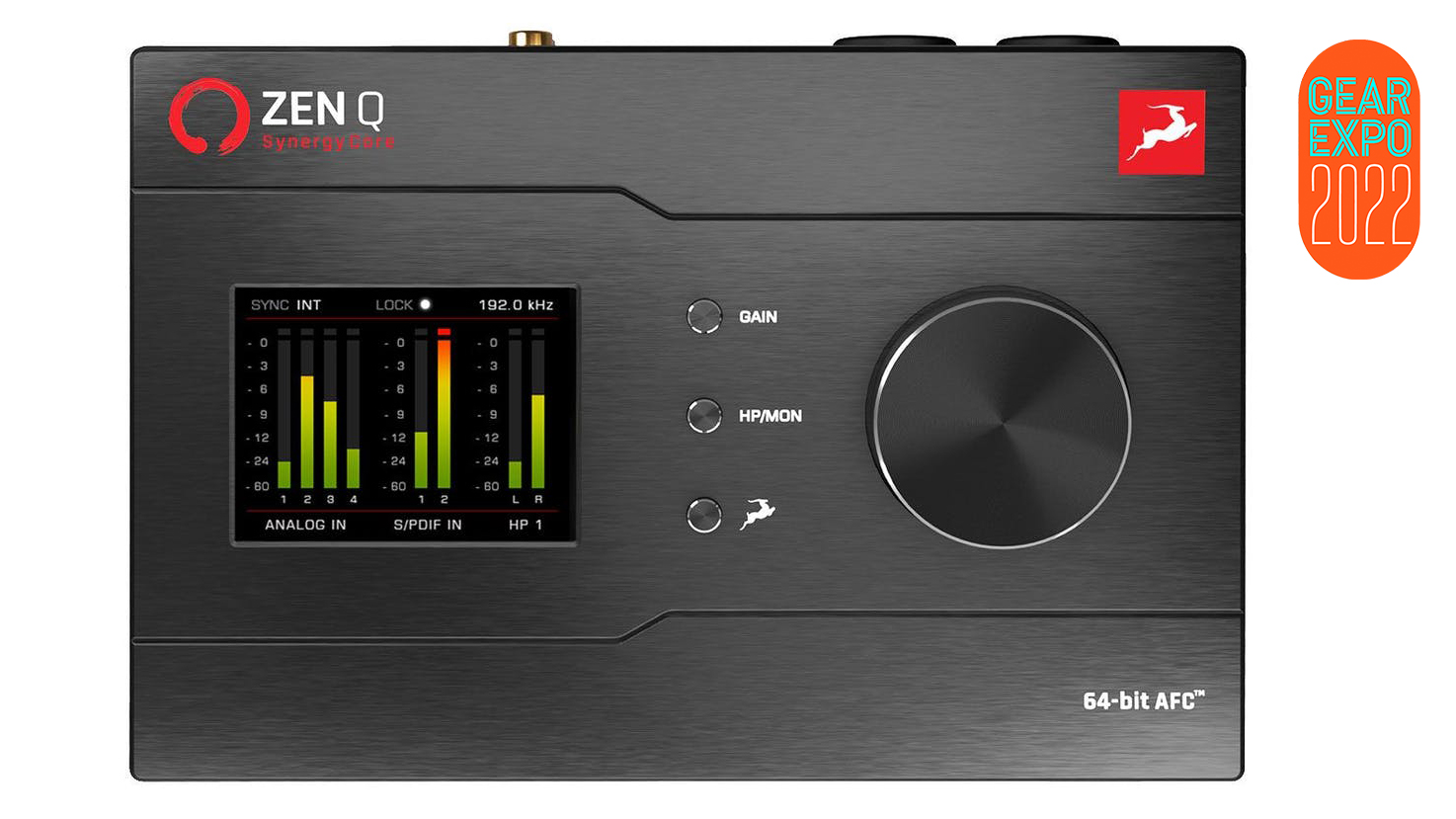
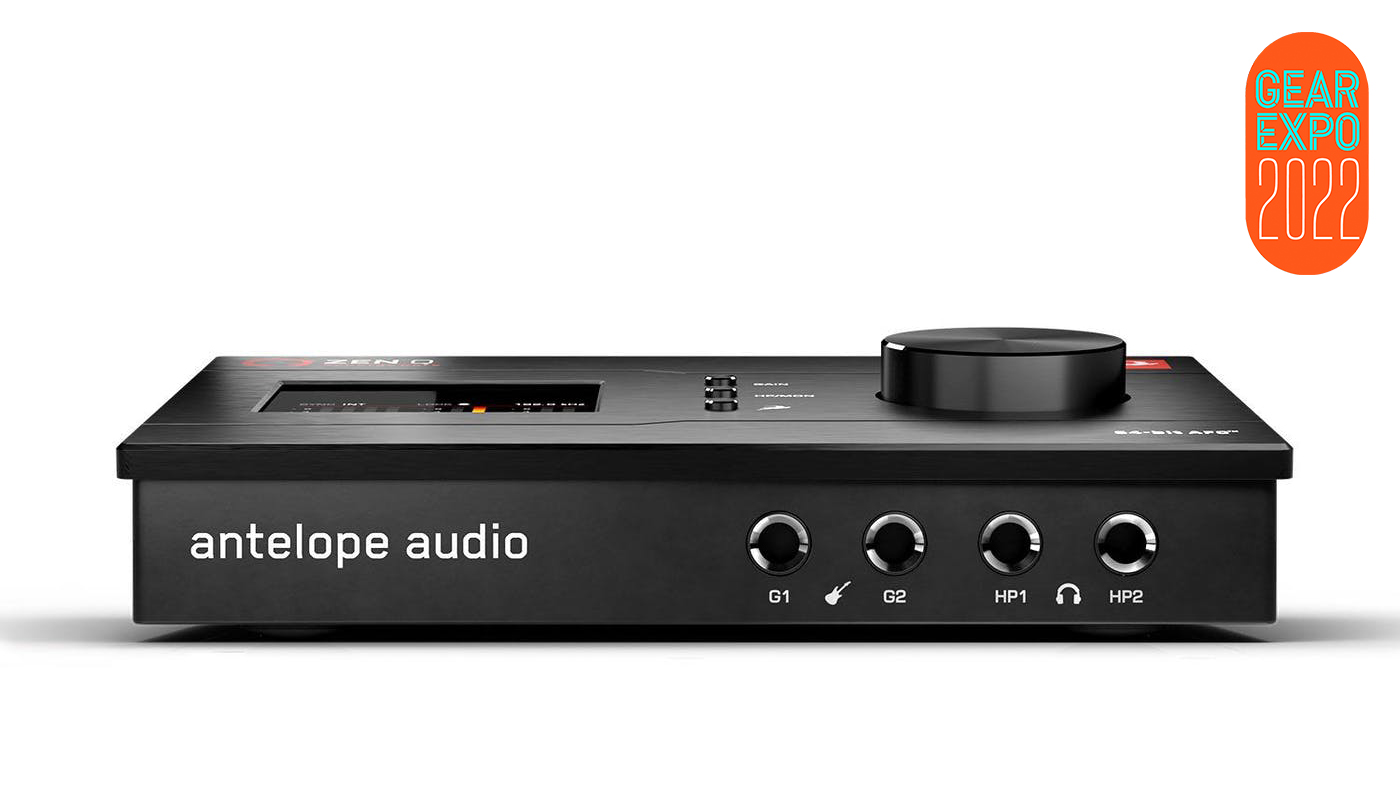

Antelope Audio is now offering you a USB version of its Zen Q Synergy Core audio interface. This sits alongside the previously released Thunderbolt version.
Functionally, this appears to be pretty much the same; we’re promised high-quality AD/DA conversion, two discrete ultra-linear mic preamps, and recording, mixing and playback up to 24-bit/192kHz.
The 64-bit AFC (Acoustically Focused Clocking) technology and Jitter Management algorithm, meanwhile, is said to deliver increased sound width, separation and detail.
This is a 14-in/10-out interface with pairs of headphone outputs, preamps and instrument inputs, and you can add an extra eight channels via ADAT. There’s stereo S/PDIF I/O, too.
The Zen Q Synergy Core can be bus-powered and promises low-latency performance, while the onboard software enables you to control signal routing, sub-mixes and monitoring.
Said software can also be used to apply the 37 bundled analogue-style effects, which are powered by the onboard DSP. More than 50 more are available via the Antelope Audio software store.
The Zen Q Synergy Core USB costs $899/€899. Find out more on the Antelope Audio website.
6. Positive Grid Riff USB audio interface
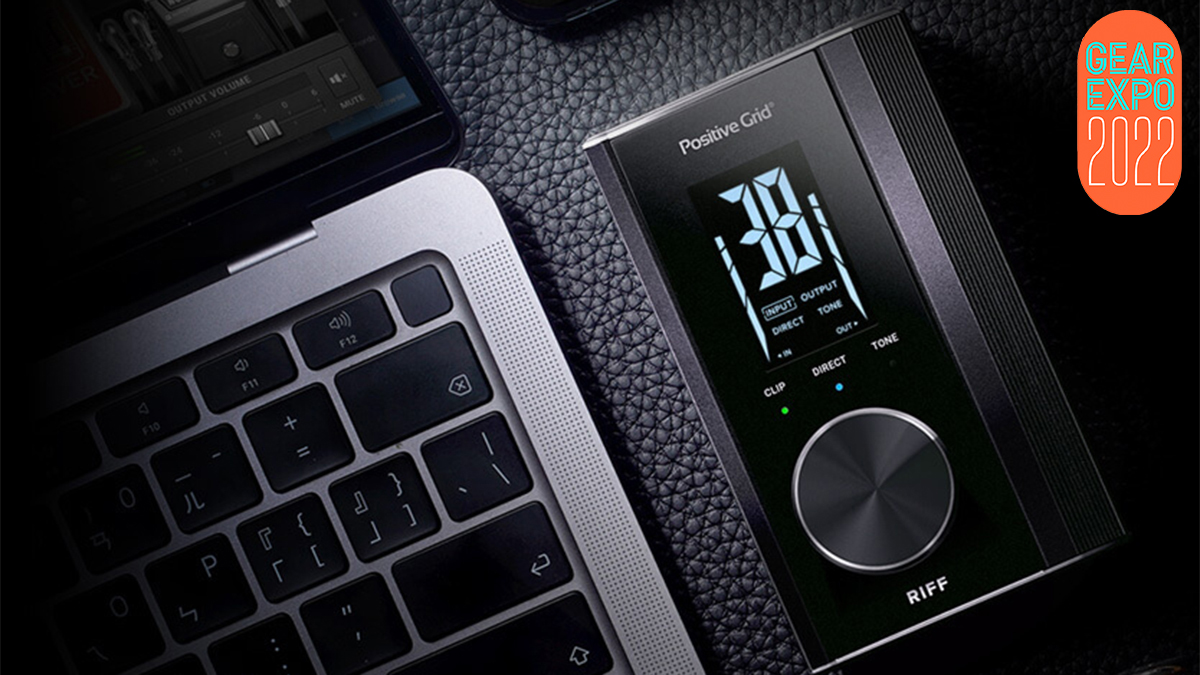
Positive Grid's Riff is a new guitarist-friendly USB audio interface that’s designed to be used in combination with the company’s Bias FX 2 modelling software.
In terms of connectivity, this is pretty straightforward, with just a single 1/4-inch instrument input and 1/4-inch stereo and 1/8-inch headphone outputs. Riff operates at 24-bit/96kHz resolution and has 114dB dynamic range.
Riff has a few tricks up its sleeve beyond this, though. There’s Auto Gain, meaning that the input level is automatically adjusted, and three preamp emulations are built into the hardware. These are designed to add warmth, an analogue boost or overdrive.
As you’d expect, Riff also enables you to control features in the Bias FX 2 software (these can be user-assigned). There’s a nice large display to provide visual feedback, with a pushable knob enabling you to choose tones and make settings.
Other features include Direct Monitor Blend, which gives you zero-latency tracking, and compatibility with both PC/Mac and iOS (USB and Lightning cables are included).
The Riff Starter set has a regular price of $179, though this is currently available for $99. This includes the interface and Bias FX 2 LE; if you want access to more amps, effects and features, you can pay an additional $59 to upgrade to Bias FX 2 Standard, or $179 to get Bias FX 2 Elite.
Find out more on the Positive Grid website.
7. Mackie’s M•Caster Live live streaming mixer
When Mackie released its first mixer, way back in 1989, ‘live streaming’ wasn’t even a twitch in a YouTuber’s eye, but the latest product to bear the company’s name is designed to be used for that very purpose.
Said to have been designed from the ground up for content creators, the M•Caster Live is a portable live streaming mixer designed for social media types, gamers, podcasters and DJs.
• Best podcast mixers: the central hub of your podcasting setup
This can connect directly to your smartphone’s headphone jack (if it has one, that is) or via USB to a computer, and can be powered from the mains or an external battery.
As well as offering mic, headset and media player inputs, you can sweeten the sound of your vocals with the onboard, preset-based ContourFX, using just a single knob. The StreamFX voice changer, meanwhile, enables you to apply fun effects and change how you sound.
There are dedicated headphone and studio monitor outputs, too.


As well as the hardware, the M•Caster Live also comes with perpetual licences for Accusonus’s ERA Voice Leveler and De-Esser plugins, along with a three-month, all-access subscription to the company’s other software.
Of course, in the world of streaming, it can be almost as much about how you look as how you sound, so Mackie has equipped the M•Caster Live with an RGB strip round its bottom edge, which can light up in your choice of seven colours (or not at all, if you’d rather). You can choose from a black or white finish, too.
The M•Caster Live will be available over the next few weeks priced at $259. A range of accessories, including ring lights and a bag, will be released later in the year.
Find out more on the Mackie website.